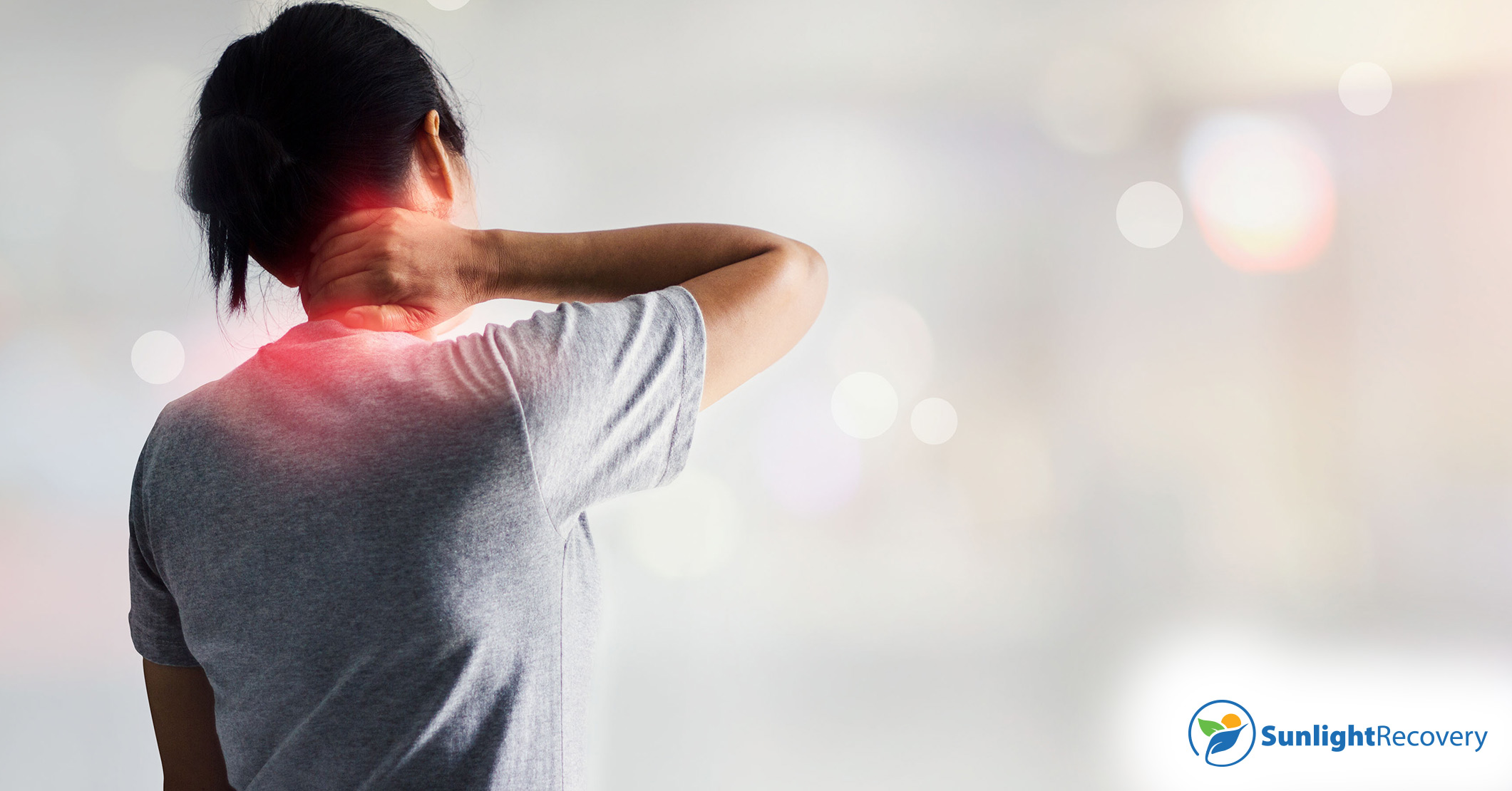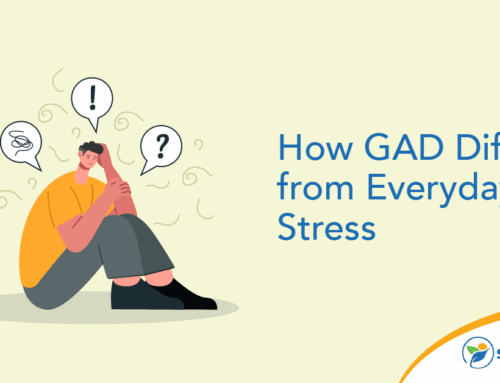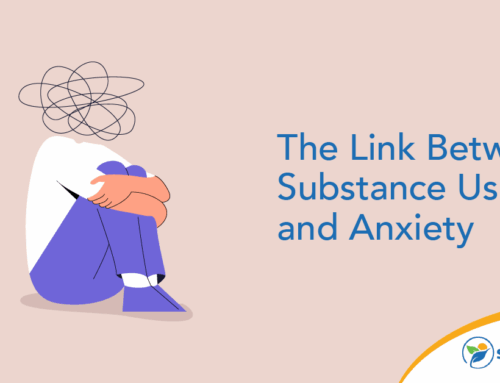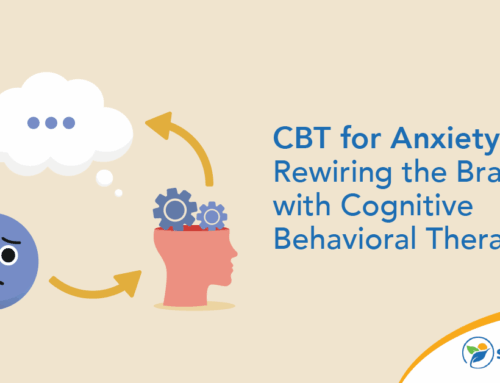Chronic pain affects around 21.8% of adults in the United States, according to research by the CDC. People who are living with chronic pain often find it has a negative impact on their ability to engage in day-to-day activities.
Treating chronic pain can be challenging, and an entire industry has sprung up around the creation of pain management devices. Here, we’ll discuss some of those devices, how they’re used for pain relief and how well they actually work.
Exploring Chronic Pain and the Search for Relief
Chronic pain is defined as pain that lasts for 3 months or more. This pain can be debilitating and can increase a person’s risk of Alzheimer’s disease or dementia, suicide, substance misuse and other health issues. Long-term use of pain relief medication, even over-the-counter variations, can cause unwanted side effects. Pain relief gadgets aim to offer a drug-free solution to long-lasting pain.
Over the years, plenty of pain relief gadgets have put forward as a solution, ranging from magnets to TENS machines and even virtual reality. Every type of chronic pain relief device has loyal fans who swear the device freed them from pain. However, not everyone responds to pain relief devices in the same way, and some individuals find themselves needing to try several different solutions before they discover the one that works best for them.
Types of Chronic Pain Relief Gadgets
There are many options for treating chronic pain. Some of the most popular pain relief devices include:
- Transcutaneous electrical nerve stimulation (TENS). These devices use a low-voltage electrical charge to temporarily reduce the flow of pain signals to the brain. A TENS device can be worn for short periods of time, blocking pain signals and allowing people to go about day-to-day activities that might otherwise be too painful for them. Because TENS devices send electrical signals through the body, they may not be suitable for people who have pacemakers or other medical implants.
- Magnetic therapy. Static magnets and pulsed electromagnetic field devices are thought to offer pain relief for some individuals. Pads containing magnets can be worn on the affected parts of the body for long periods of time and may help reduce pain throughout the day.
- Heat pads. Heat can help reduce low-grade inflammation and provide relief from certain types of pain, as well as potentially helping acute injuries heal. Some people with lower back pain find heat pads offer temporary relief. Heat pads should only be used for short periods.
- Massage. Massage devices can help relieve pain by improving circulation, encouraging the muscles to relax and interfering with pain signals. The relief may last for a while after the treatment stops. At-home massage devices should be used only for their approved purposes and may not be suitable for people with certain circulatory diseases, osteoporosis or other medical conditions.
- Virtual reality. Therapeutic VR is still a relatively new idea but has shown some promise in home-based trials. Virtual reality can be used as an immersive distraction from chronic pain. Today, consumer-grade VR devices are relatively affordable and can even be hooked up to smartphones, making them easy to use. However, unlike other pain relief gadgets, VR requires a person’s full attention, meaning they can’t be doing other things while receiving treatment.
The above are just a few of the chronic pain relief gadgets available today. If you’re considering trying one of these pain management devices, talk to your physician first to confirm it would be safe for you to do so.
Evaluating the Effectiveness of Pain Relief Devices
Research into chronic pain relief devices is still ongoing, but current studies suggest they can help certain people. Electromagnetic pain relief devices have been approved by the FDA, and studies suggest these devices can be helpful for people with musculoskeletal diseases such as osteoarthritis, plantar fasciitis and certain types of back pain. Studies into static magnet therapy, however, have produced mixed results.
TENS devices have been available for decades and provide effective short-term pain relief for many people. However, they’re not appropriate for everyone. The National Health Service in the United Kingdom is still conducting clinical trials on the device to determine which types of pain they work best for and how long they’re safe to use.
With any form of complementary or alternative therapy, there’s the possibility of a placebo effect. In some historical studies, so-called sham treatments have still been found to provide some pain relief simply because of the ritual of the treatment combined with any physical stimulation it provides — in other words, the “mind over matter” effect.
There’s a saying among physical therapists and some other parts of the medical profession: The placebo effect is still an effect. For someone living with chronic pain, any safe way of relieving that pain may be welcome. It’s important to be cautious and avoid spending a lot of money on an unproven treatment, but if traditional pain relief options aren’t working and your physician tells you an alternative therapy would be safe, it may still be worth considering even if evidence of its effectiveness is limited.
Enhancing Pain Management: Tips for Using Gadgets Safely
If you or someone you care for is experiencing chronic pain, you may need to try a few different treatment options before you discover the best pain relief devices for your needs. While most devices are considered safe for most people, it’s a good idea to talk to your doctor or specialist before trying a new device to ensure there’s no risk of injury or of the device interfering with any other medical devices you use.
Whatever pain relief gadgets you decide on, be sure to read the instruction leaflet and follow the directions carefully. Using a pain relief device for too long or more often than recommended could cause injury.
At Sunlight Recovery, we offer a variety of programs to help individuals struggling with substance abuse and mental health. If chronic pain has impacted your mental health or that of someone close to you, call us today to talk to one of our compassionate counselors or learn more about our rehab programs.







